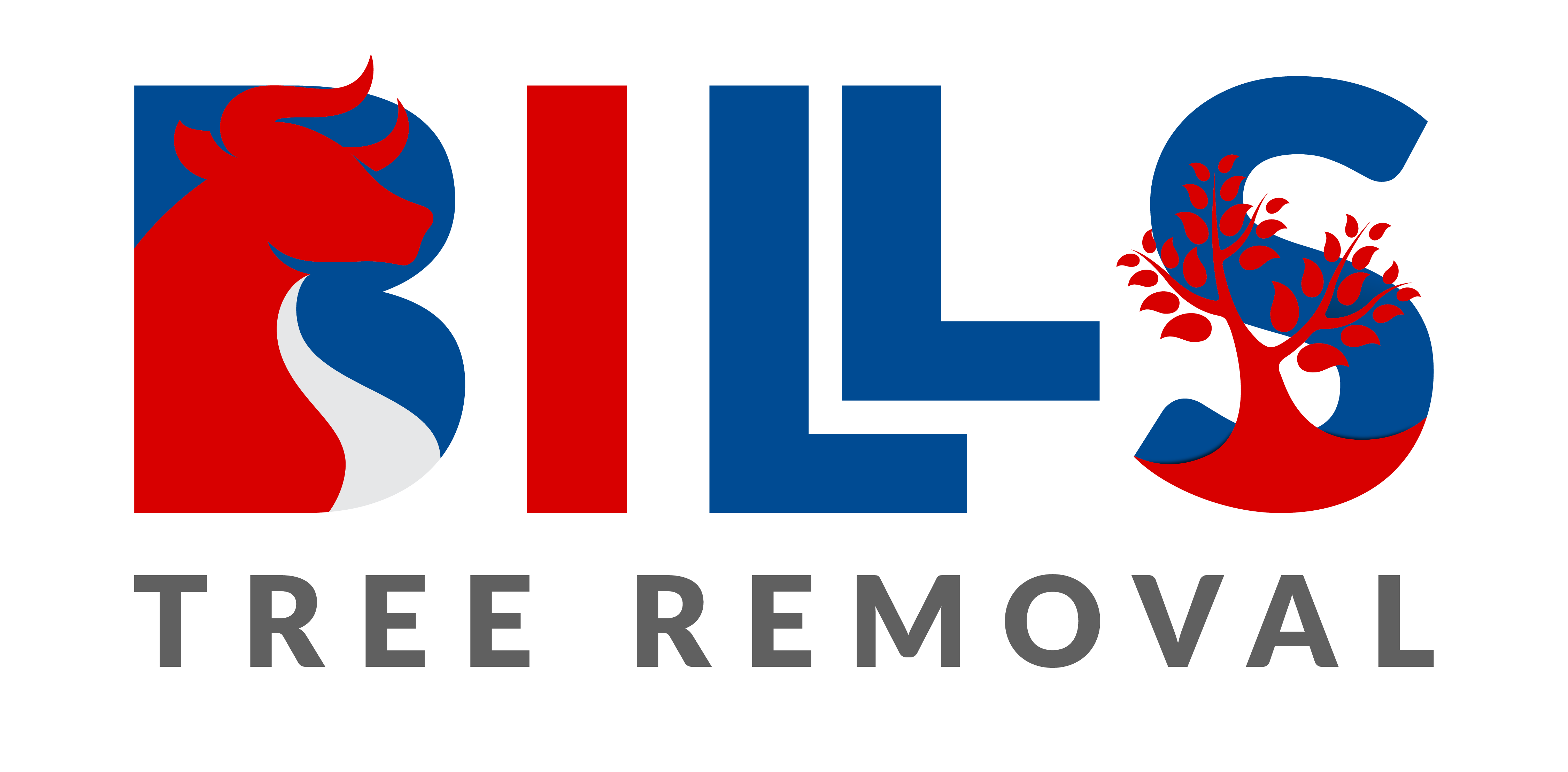Environmental Impact of Tree Removal and How to Minimize It
Trees have an important role in our environment. They provide us with oxygen, absorb carbon dioxide, shelter animals, purify the air we breathe, and help regulate temperatures. However, there are occasions when tree removal becomes necessary. Whether due to illness, storm damage, construction needs, or safety concerns, removing trees can have a significant impact on the environment.
In this blog, we’ll look at what tree removal means for the environment, why it can’t always be avoided, and how eco-friendly tree services may help make the process less damaging. We’ll also discuss the importance of tree conservation, sustainable arborist practices, and how you may ensure eco-friendly tree removal in Springfield.
Reasons for Tree Removal:
Taking down a tree is never something you should rush into, yet there are instances when it must be done:
Trees that are already dead or plainly dying might become dangerous, particularly during severe storms.
Some invasive tree species can affect indigenous flora and animals in the area.
Tree removal is sometimes required as part of building or landscaping operations.
Trees severely harmed by pests or disease may be unable to recover.
In other circumstances, roots can begin to damage foundations, underground utilities, and even break sidewalks.
In these instances, tree removal makes sense. Still, before deciding to cut down a tree, seek professional guidance to determine if trimming or treatment will save it.
Environmental Impact of Tree Removal
Tree removal has far-reaching consequences beyond the location of the tree itself. Here are some of the major environmental consequences:
Loss of biodiversity
Trees are home to several species, including birds, squirrels, insects, and mushrooms. Taking one down means eliminating habitats and maybe putting creatures that rely on them in danger.
Carbon Release
Trees act as natural carbon sinks by absorbing CO₂ from the atmosphere. When they are chopped and begin to break down or are burned, carbon is released, contributing to climate change.
Soil erosion and degradation
Tree roots stabilize soil and prevent it from washing away. Without them, erosion can worsen, particularly on hillsides or near water. This leads to weakened soil, runoff, and even flooding.
Increased Urban Heat
Trees offer shade and help cool down an area. Removing them, especially in cities, can cause what’s known as the “urban heat island effect,” making neighborhoods much hotter.
Air and Water Pollution
Trees naturally clean the air and water by filtering out harmful substances. When they’re gone, pollution can rise, lowering both air and water quality around us.
Aesthetic and Psychological Effects
Trees make places look better and help create calm, green spaces. Research shows they also boost mental health. When trees are lost, it can hurt how people feel in their community.
What Can You Do for Environmentally Friendly Tree Removal?
If removing a tree is necessary, there are methods to reduce the environmental impact. Following environmentally friendly methods helps to safeguard the environment while meeting practical demands.
- Select Eco-Friendly Tree Services
Collaborate with companies that support environmentally friendly methods. These experts value safety and sustainability and have received training in sustainable arborist methods.
When hiring a service, inquire whether they:
Use electric or fuel-efficient tools.
Recycle tree trash into mulch, firewood, and lumber.
Offer advice on replacing trees.
Adhere to green disposal procedures.
Understand and follow Springfield tree removal services regulations.
Reputable organizations frequently showcase their environmental credentials, so don’t be afraid to ask questions.
- Replant Where Possible
One of the best ways to reduce the negative effects of tree removal is to plant new trees. Tree replanting helps restore habitats, capture carbon, and preserve the beauty of your surroundings.
Select native trees that thrive in the local climate and support local biodiversity. This not only offsets the loss of the removed tree but also enhances the health of your landscape.
Repurpose the Removed Tree
Rather than discarding tree material, find ways to use it:
- Turn logs into outdoor furniture or firewood
- Shred branches for garden mulch.
- Donate wood to schools, artists, or woodworking clubs.
- Compost smaller branches and leaves
This approach keeps the tree useful and prevents unnecessary landfill waste.
- Minimize harm to nearby vegetation.
If trees are removed improperly, they can harm nearby plants and disrupt the soil. Professional tree services understand how to do the job properly, keeping the area around the tree safe and contributing to the health of the surrounding vegetation.
- Support community conservation efforts.
Many communities, including Springfield, undertake programs aimed at tree conservation and bringing more trees into urban areas. Whether you volunteer, provide assistance, or promote awareness, your actions help to move these vital activities ahead.
Avoid Cutting Healthy Trees
If a tree isn’t diseased or dangerous, consider alternatives. For example, trimming overhanging branches may solve visibility or safety issues without removing the entire tree. The benefits of keeping mature trees often far outweigh the inconveniences.
What Are Environmentally Friendly Tree Services?
Not all tree services are similar. Eco-friendly tree services go above and beyond to ensure that their job is environmentally sound. These companies frequently:
Conduct appropriate assessments before removal.
Provide tree health care and preservation alternatives.
Recycle and repurpose tree materials.
Offset removals with tree planting.
Use biodegradable oils, electric chainsaws, and sustainable fuels.
When selecting a service provider, seek qualifications such as ISA (International Society of Arboriculture) and TCIA (Tree Care Industry Association). These organizations establish guidelines for safe, responsible, and sustainable tree care.
Focus on Eco-Friendly Tree Removal in Springfield.
In Springfield, tree removal must adhere to local regulations intended to safeguard public places and the urban forest. Whether you own a home or run a business, employing environmentally friendly services can make a real difference.
Here’s all you should know about Springfield tree removal services:
Permits: Some areas require a permit to remove trees, particularly if they are ancient, huge, or of historical significance.
Replanting rules: Depending on the area, any removed trees may need to be replaced with a native tree species.
Storm cleanup: After a storm, attempt to engage businesses that recycle fallen trees rather than taking everything up right away.
Springfield has long-term initiatives to ensure a healthy tree canopy. You may help by planting trees and choosing environmentally friendly options.
Look for local businesses that encourage eco-friendly practices and have positive reviews from environmentally conscious customers.
How to Protect Trees in Everyday Life
Even if you don’t plan on removing trees, there are simple things you can do to help the environment:
Mulch and water trees regularly to keep them strong and healthy.
Avoid damaging roots by not parking or storing heavy items near tree bases.
Keep an eye out for symptoms of pests or disease and report them as soon as possible to help avoid further spread.
Participate in local tree planting events or organize your own.
Offer the value of urban forests with your friends and neighbors.
One of the simplest and most effective ways to safeguard the environment is to care for existing trees and encourage the growth of new ones.
FAQ
What happens to the environment because of tree removal?
Invasive trees can also be harmful to the environment. Impacts can be felt on wildlife, air quality, and liaisons that matter. Making use of green tree services can help cut down on that damage.
When is tree removal necessary?
Tree removal is required when a tree is dead, diseased, dangerous, or interferes with infrastructure such as buildings or walkways.
How can I minimize the impact of tree removal?
Choose a qualified arborist, transplant native trees, and ensure that any removed trees are repurposed or recycled.
Do I need permission to remove trees in Springfield?
Yes, in most circumstances. Springfield tree removal services frequently require a permit, particularly for larger or protected trees. Always verify the local rules carefully.


